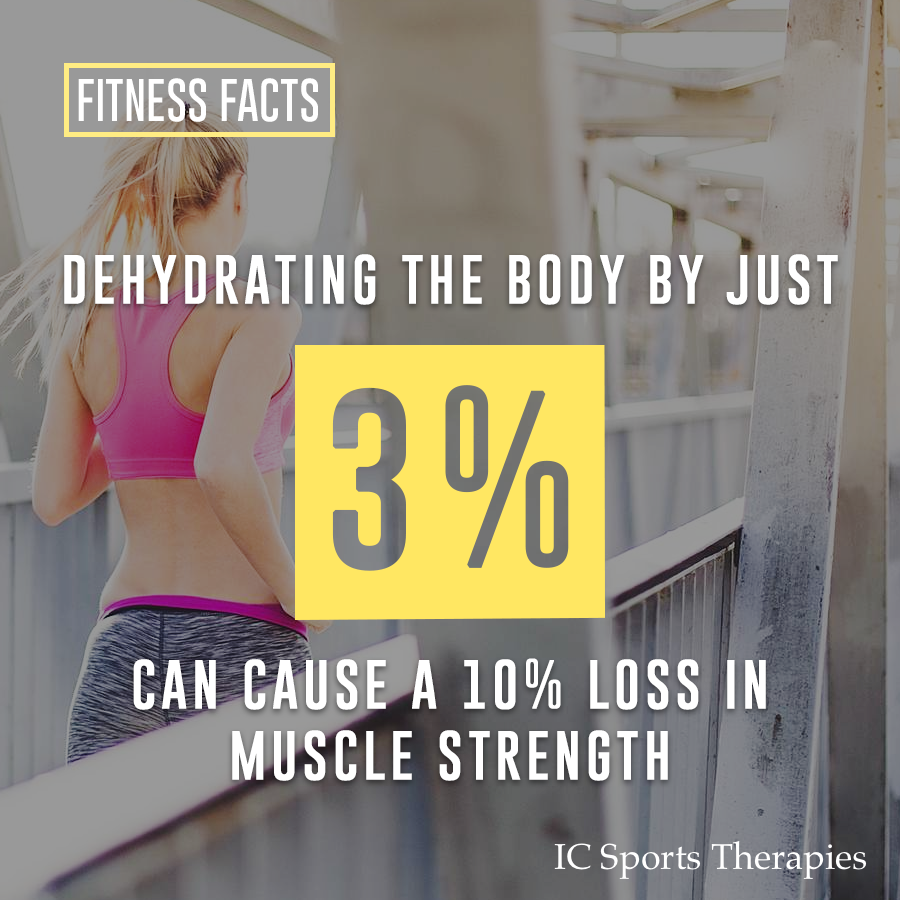
Weight loss is not a physical challenge – it’s a mental one.
‘The following behavioural strategies could help your weight loss plan:
-
Schedule your day to allow adequate time for buying, preparing and eating healthy food. Set an alarm if necessary so you don’t get stuck watching TV or working at the computer.
- Stock up on healthy snacks that have a pleasing texture and taste. You may like the crunchiness of carrots, the tanginess of cheese cubes, or the smoothness of frozen yoghurt. Drinking a cup of hot tea with your midmorning or midafternoon snack may make it last longer and feel more satisfying.
- Communicate with family and friends and ask for their support in improving your health. Ideally, working on weight together with a friend or family member means you can encourage and support each other and help keep each other on track.
- Stay “in the moment” while eating. Avoid eating at the computer, while driving, or multitasking while you eat. Tune into the experience of eating, what tastes and textures you feel like, how satisfying the food is, and what it feels like to be hungry or full.
- Remind yourself several times a day of your weight loss goal and how important it is to you. You could paste a picture of a thinner version of you or write your reasons for losing weight on a note card that you keep with you, or put a picture on your desk.
- Don’t get caught in thinking traps that can derail you from your diet. If you feel that you deserve something extra for being good, reward yourself with an extra snack or a small dessert that only adds a limited amount of calories. If you have a bad day, don’t use it as an excuse to go off your diet for a week. Remind yourself that you need to get back on track as quickly as possible to minimize the damage.
- Tell yourself “I can do this.” Research shows that self-efficacy, or confidence that you can succeed at reaching your goal, is a powerful predictor of future behavior. If you catch yourself thinking negatively, switch to thinking about other situations in which you successfully learned a new behaviorl. Visualize yourself resisting temptation or throwing the extra weight into the ocean to keep motivated.
These strategies, accompanied by a reasonable nutritional plan, and increased exercise should help you develop a new relationship to food and increase your self-control.’
Sources:
To Lose the Weight, Change How You Relate (to Food) https://www.psychologytoday.com/blog/the-mindful-self-express/201102/lose-the-weight-change-how-you-relate-food








